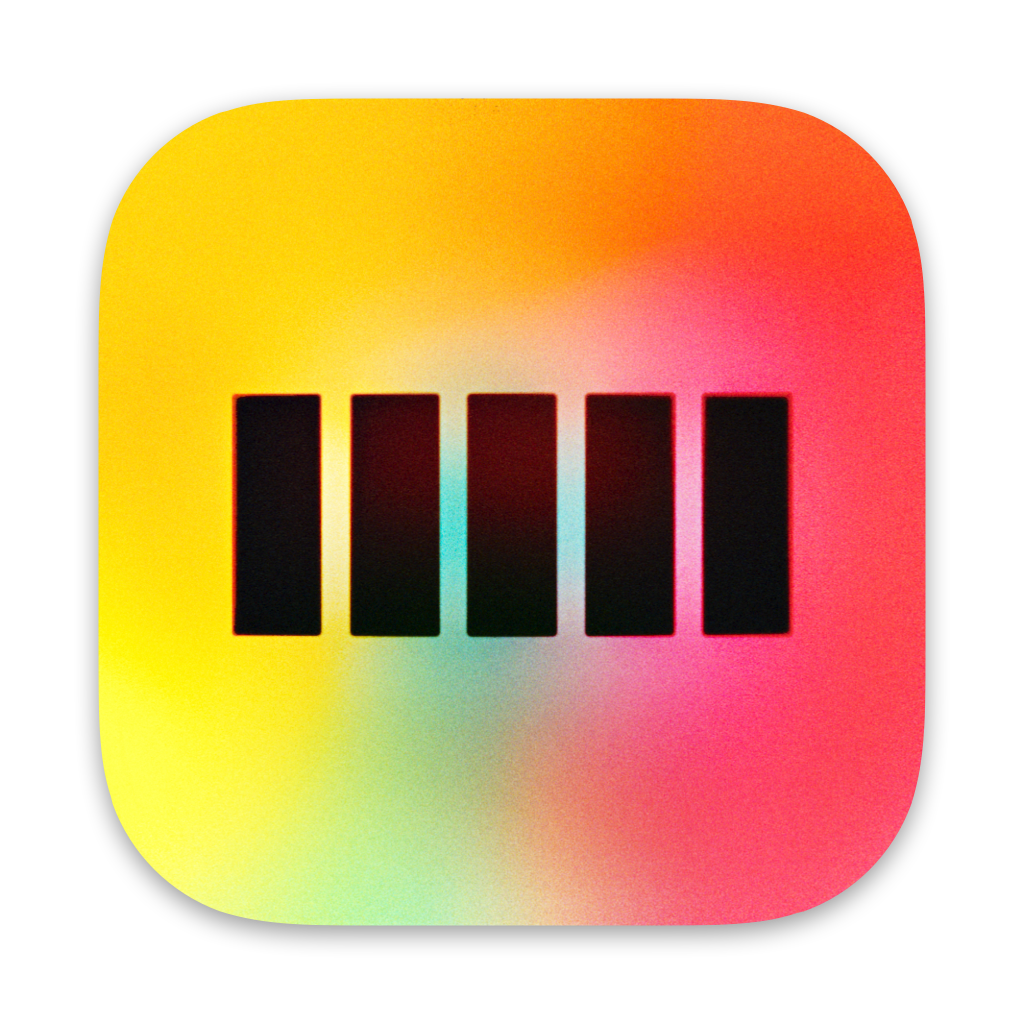Filmbox Technical FAQ
About the comparison on the overview page
The "Adventurer" scene was photographed on an URSA Mini 4.6k Gen1. The "Westfalia" scene was shot on a Sony Venice. Both scenes were also shot with an Arri 435 on 35mm Vision3 250D, scanned on an Arriscan using the same batch of film that was used to produce the characterizations that power Filmbox.
The film scans were balanced and prepared for display using the Filmbox Print module. The digital images were processed with the full Filmbox pipeline, and the two were made to match more closely using only lift/gamma/gain operations.
How "accurate" is Filmbox?
Filmbox does not represent pure empiricism. We certainly tried to gather good data and stay close to that data, but our methods are not perfect, and there were subjective decisions made about how to tune and implement the data into a functional system that produces creatively satisfying results.
We encourage you to try it and see if our model of film lives up to your mental model of film. It's worth noting that both film and Filmbox can be made to have many looks, and what people think "film" looks like is a bit of a moving target. This is especially the case now that almost nothing is actually printed to film, and many people's memory of "film" is actually of some hybrid film/digital processes.
Some might say film looks like Vision3 negative stock scanned at their favorite post house and graded by their favorite colorist or processed by their favorite LUT. That process may or may not look anything like printing that same negative to a print stock. And even that might not look like an older film that used a different photochemical process.
Ultimately, our intent is that a high-end cinema camera processed with Filmbox faithfully reproduces the characteristics that have been hard to achieve since the advent of digital cinema.
We've also written Filmbox as a Format which explores the philosophical underpinnings of Filmbox.
How was Filmbox made?
The negative test data was produced using a custom apparatus that illuminates a chip chart with a broad spectrum illuminant across a 20-stop range in half-stop increments. It was photographed on several high-end cinema cameras alongside s35mm Kodak Vision3 stocks.
The spatial characteristics - grain, dust, halation, and gate weave - were modeled by referencing test patterns shot on s35mm 250D scanned on an Arriscan. They represent characteristics observed in the negative scan; they don't include any additional spatial characteristics imparted by the printing process.
The Filmbox color pipeline as a whole is based on an actual contact print of the 250D negative to 2383 print stock, which was characterized with a custom scanner rig using a broad spectrum illuminant. Negative presets other than 250D are based on test data shot on those stocks that were scanned and implemented as "offsets" to the 250D-based pipeline.
Filmbox uses a unified color pipeline with a characterization based on scene data from the Sony Venice that has been tuned in reference to Alexa footage. It internally operates in ACEScct AP1 and uses colorspace transforms to map in data from different cameras. Consistency with different cameras depends on several factors including their adherence to their specification, but we expect creatively useful results with a wide range of high-end scene-referred cameras. Some cameras may not perfectly agree about white balance or exposure, but these parameters are easily tuned.


 Made in California
Made in California